Sowing Kale: ‘It’s A Reliable Germinator – Even In Relatively Cool Spring Temperatures’

VEGETABLES > KALE > SOWING

Ed is a horticultural therapist, professional gardener and writer. Ed has a BSc in Occupational Therapy from Coventry University and a Diploma in Social and Therapeutic Horticulture (DipSTH) via Thive, the RHS and Pershore College. Ed runs a community kitchen garden in West Sussex, where he leads horticultural therapy sessions.
Reviewed By COLIN SKELLY

Colin is a Horticulturist and Horticultural Consultant with experience in a range of practical and managerial roles across heritage, commercial and public horticulture. He holds the Royal Horticultural Society’s Master of Horticulture award and has a particular interest in horticultural ecology and naturalistic planting for habitat and climate resilience.
Contributions From EMILY CUPIT

Emily is a Gardening Writer, Photographer and Videographer from Derbyshire, UK. She is the Founder of Emily's Green Diary - a community of more than 75,000 people who share in her gardening journey.
IN THIS GUIDE
KALE GUIDES
Harvesting
Sowing
Kale, or borecole as it is sometimes known, is a highly nutritious and ornamental vegetable with a long harvesting season.
Growing kale from seed can be very rewarding.
It is easy to care for and its leaves can be picked for months on end during the colder months.
“Kale is a reliable germinator and will do so in relatively cool spring temperatures,” says Colin Skelly, a Master Horticulturist.
“Grown as both a micro-green or salad crop and as a mature autumn-winter crop, kale can be harvested for 9 months of the year if you sow successionally.”
Here’s a simple process for growing kale from seed:
- Harvest seeds from the pods of existing plants, or purchase seeds from your chosen retailer.
- Fill shallow pots with a seed sowing compost.
- Plant seeds at a depth of 1cm.
- Growing the young plants on and planting out.
This process is explained in more depth below.
When To Sow Kale Seeds
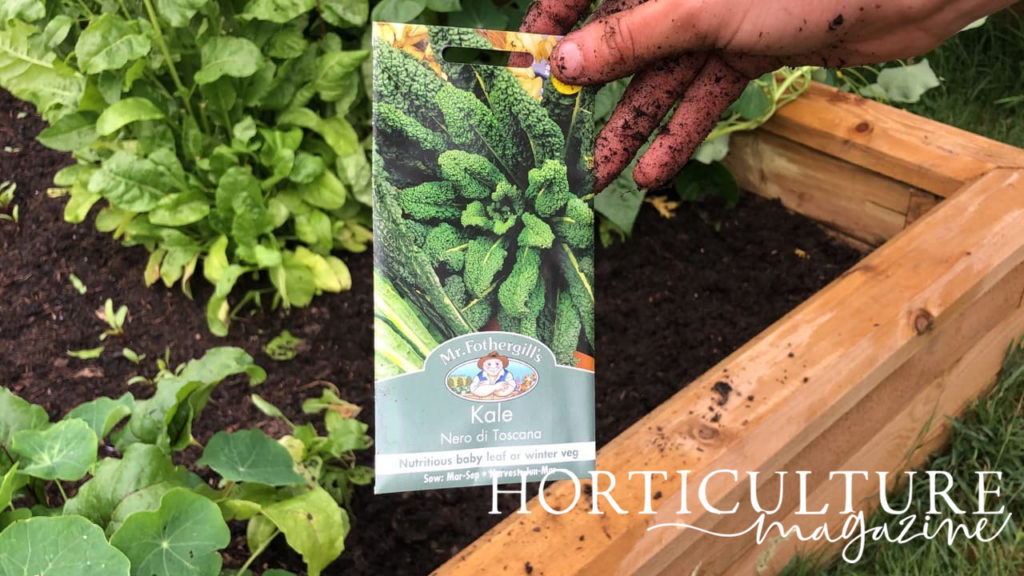
Kale can be rather slow growing and is often sown undercover or in a separate bed to save space from spring until early summer, to plant out later in the season.
| Difficulty | Easy |
| Equipment Required | Gloves, Seed or module trays, compost, rake if sowing outdoors |
| When To Sow | March, April, May |
| When To Plant Out | May, June |
1) Harvesting Kale Seeds
Kale seed is widely bought rather than collected as it is readily available to purchase and is often great value for money as there are quite often hundreds of seeds per packet.
If you do want to harvest seed from a kale plant though, the plant needs to be allowed to over winter and produce flowers the following summer before the pods are formed and allowed to dry out, from which the seed can then be collected.
2) Fill Shallow Pots / Beds With Compost

To sow kale seed, prefill a seed or module tray or shallow pot with a free-draining seed sowing mix or if sowing outdoors, rake the sowing site to a fine tilth and remove any weeds.
3) Sow Seeds At A Depth Of 1cm
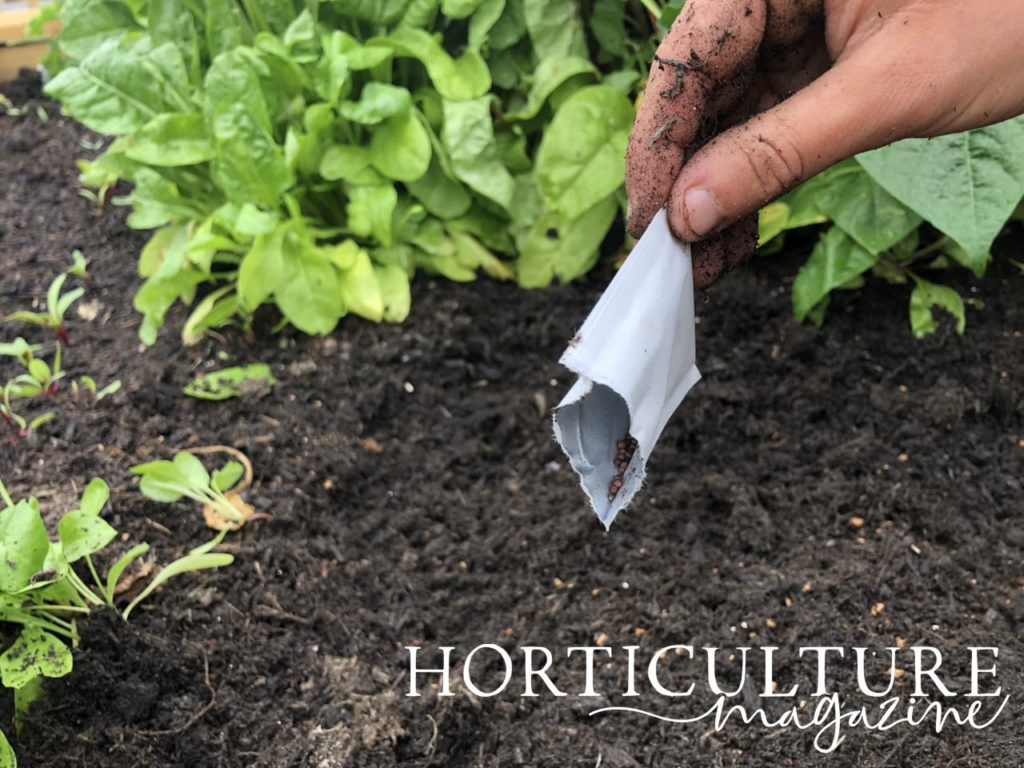
If sowing undercover, sow the kale seed thinly or individually if using a module tray at a depth of 1cm and water in gently – being careful not to disperse the seed.
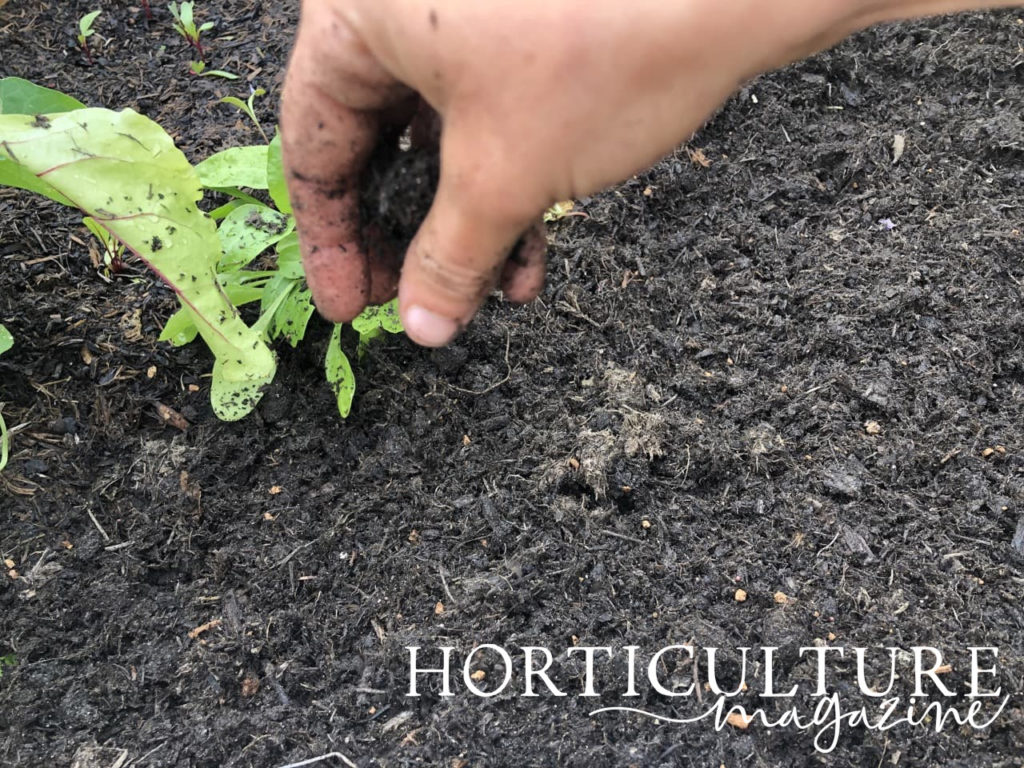
For sowing directly into the ground, prepare a shallow drill 1cm deep, with rows approximately 50cm apart if applicable and sow the seed sparingly before covering over and watering in.
4) Growing On
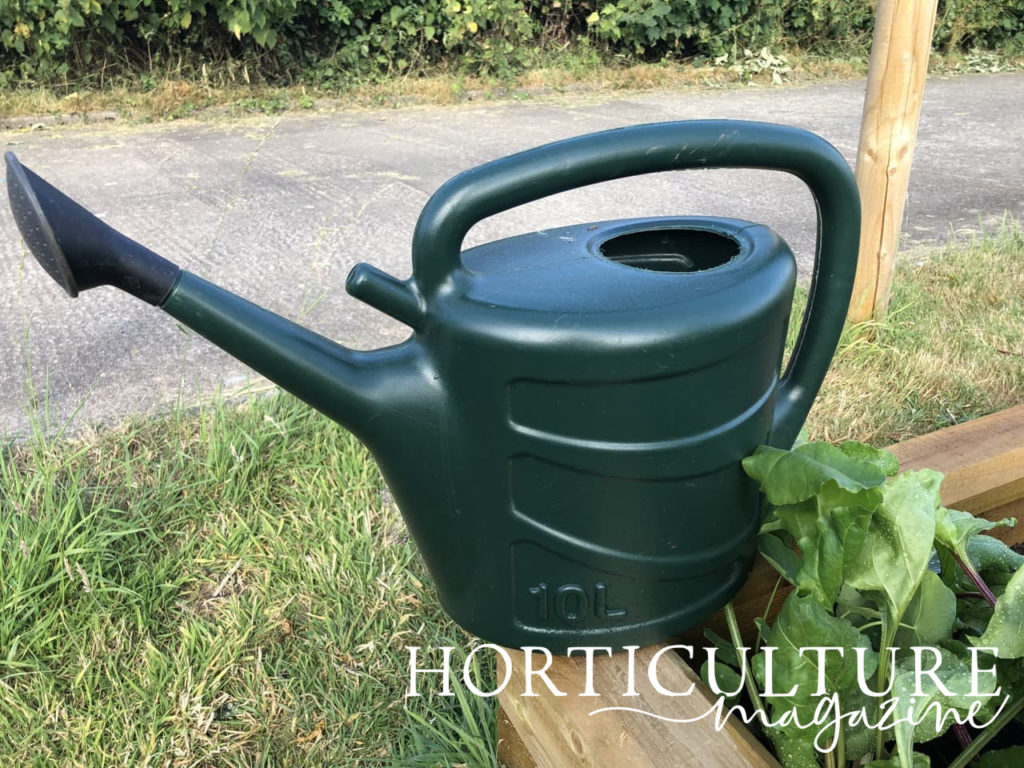
Depending on the conditions, kale seeds usually germinate within 7–10 days from sowing, after which any crowded seedlings can be thinned out.
Keeping the soil moist, allow the seedlings to develop into young plants with several pairs of leaves before either potting on or planting out in their final growing site around May or June.
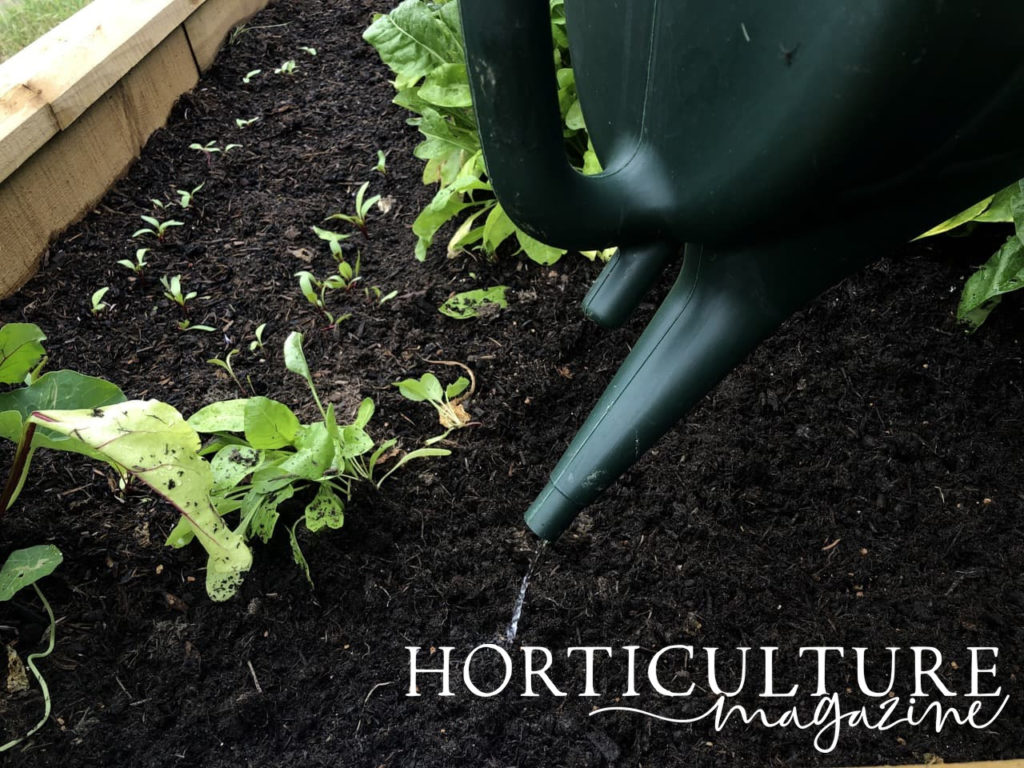
Kale requires a fertile soil to grow well and will benefit from some well-rotted manure added to the site before planting.
When it comes to planting out, depending on your chosen cultivar the plants will need a final spacing of 40–60cm between them to allow them space to mature.
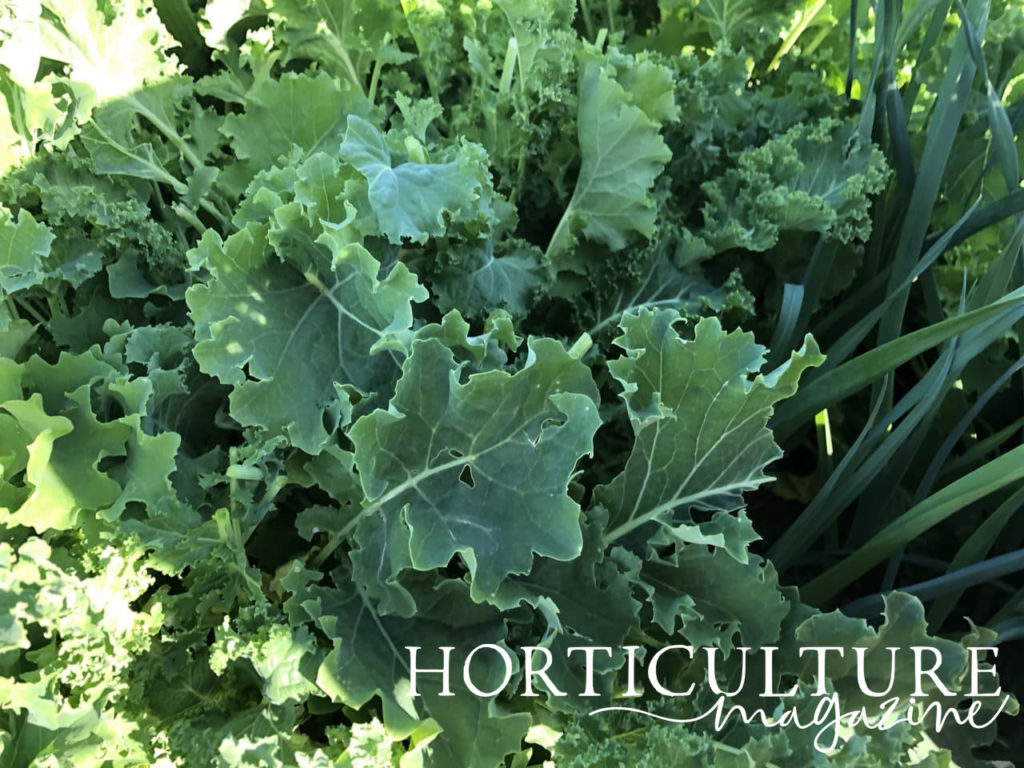
Firm in, water thoroughly on planting and continue to do so, as kale prefers a moist soil and not to be allowed to dry out.
